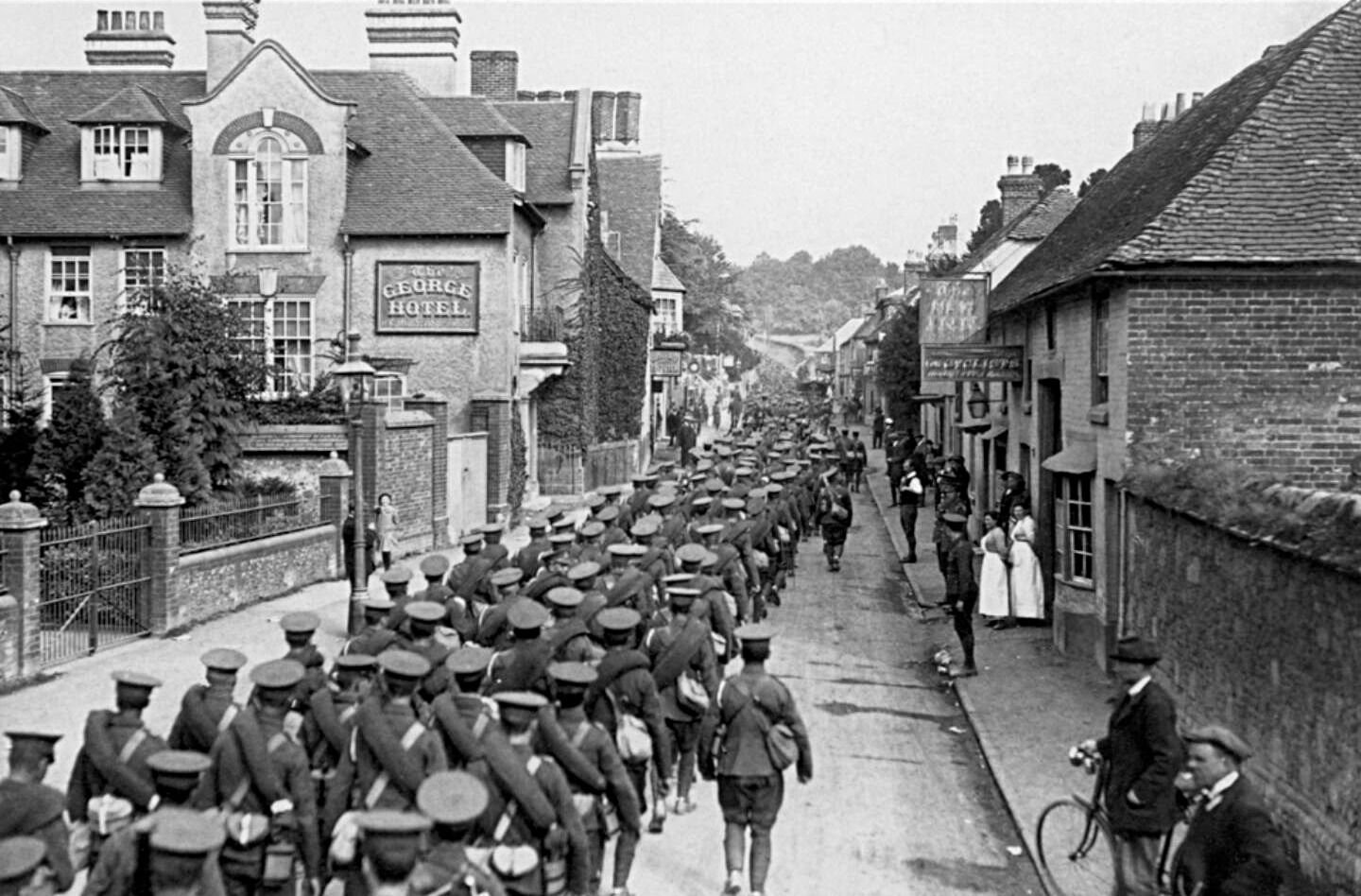The Workhouse
- Amesbury History
- Jun 3, 2020
- 1 min read

The Amesbury Workhouse, or Amesbury Poor Law Institution, was constructed in 1836. The Poor Law Union which operated the workhouse, covered a population of over 7000 and represented 23 local parishes.
The 1866 inspection report is available online and describes conditions within the workhouse. Men, women and children were entirely separated from each other, with different dormitories and working areas. There was not a paid nurse, and nursing was done by the inmates. There were two schools for the children, split into boys and girls. Boys received a broad education, but girls received only basic 'industry' training in sewing, laundry work and household work. The inspection report highlighted the need for better medical provision, including making the three attic rooms used as an infirmary fit for purpose and adding extra space for an infectious disease ward.
The 1881 census lists 69 inmates of the workhouse, with a Mr & Mrs Wilson as Master and Matron of the establishment. There were two other staff members: a teacher, Mrs Mary Probert, who taught the school-aged girls; and a porter, Mr Thomas Wallingford.
After 1930, the workhouse was re-designated as a Public Assistance Institution under the control of Amesbury Rural District Council. The former workhouse buildings were demolished in 1967 to make way for residential development.




